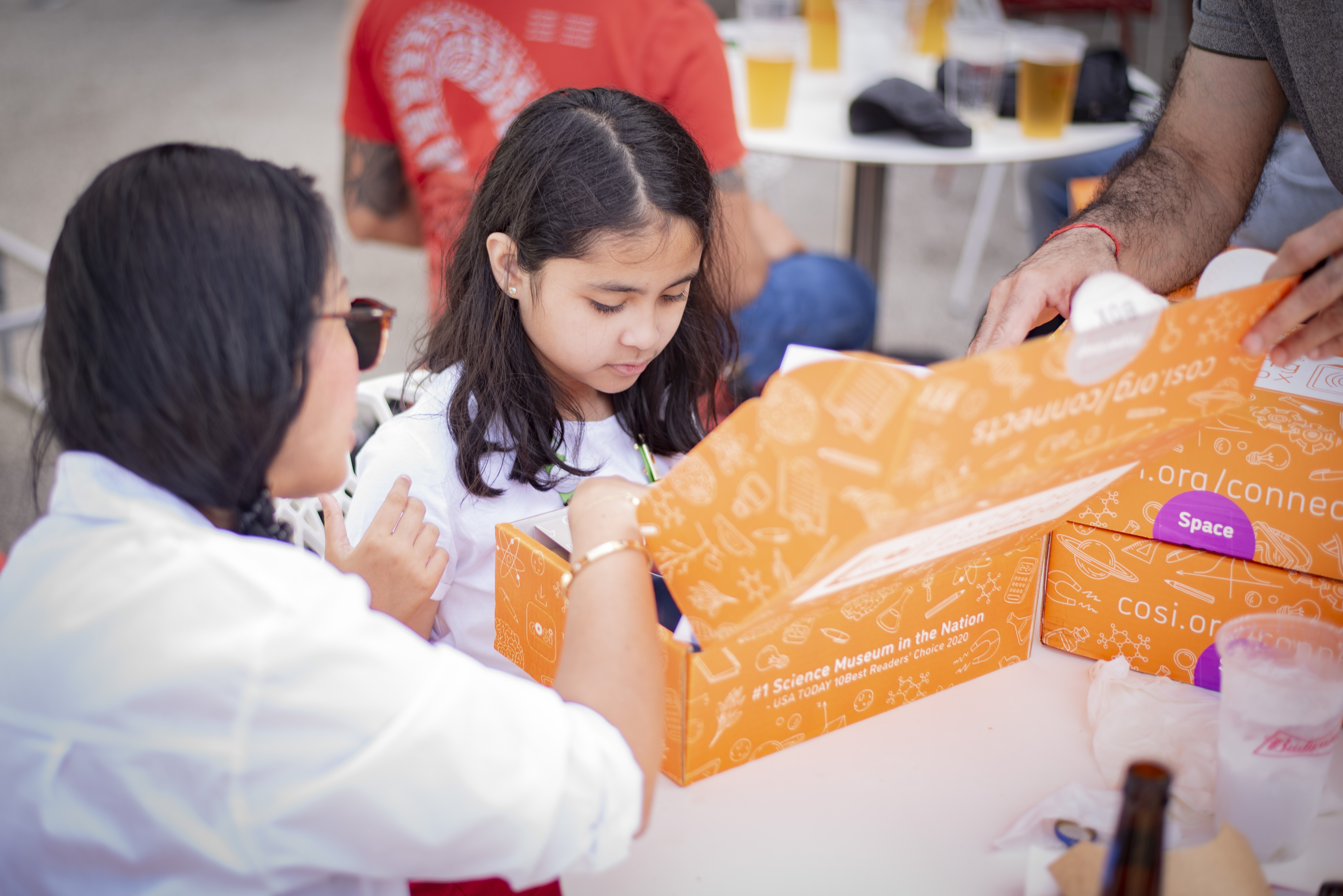Thirty-five years after Pi Day was born, the mathematics community is circling around to ask for more diversity in the field.
Every year, NASA and science entities around the world launch math-themed activities to encourage kids and adults alike to celebrate Pi Day — March 14 (3/14) in the U.S., as the irrational number pi begins with the digits 3.14.
There’s no lack of math marketing this year, as NASA’s Jet Propulsion Laboratory launched its annual Pi Day Challenge (opens in new tab) for students to experiment with math and space, highlighting name-brand missions like the life-hunting Perseverance rover on Mars and the soon-to-launch Psyche spacecraft targeting a metal asteroid.
But with representation in STEM (science, technology, engineering and mathematics) continuing to lag, recent initiatives are also trying to improve the outlook for future students by getting them interested in science early, and providing needed financial and logistical support to carry them along during their post-secondary education.
Related: Dear ET: Math on Voyager’s Golden Record tells a story
Circles were important to numerous ancient cultures, as evidenced by the Buddhist Dharma wheel, Indigenous sharing circles, Asian mandalas and Stone Age astronomical monuments like Stonehenge. Pi, or the ratio of a circle’s circumference to its diameter, has been known about for at least 4,000 years; circles themselves are key to space science in many aspects (a few of which include orbits, solar and lunar eclipse calculations or craters on the moon and Mars.)
The ancient Babylonians and Egyptians used pi, though the Greek mathematician Archimedes of Syracuse (287–212 BCE) and Chinese astronomer Zu Chongzhi (429-501 AD) were the first recorded individuals to calculate pi, according to the Exploratorium (opens in new tab) museum in San Francisco. (The Exploratorium also hosted the first Pi Day celebration in 1988.)
Pi Day today is recognized both in U.S. and European dating systems, although overseas Pi Day falls on what July 22 (22/7 in the day/month system, as 22 divided by 7 approximates pi). Coincidentally, Albert Einstein’s birthday falls on U.S. Pi Day. Princeton University, where Einstein famously held a non-faculty office for 22 years, holds an annual Einstein lookalike contest (opens in new tab) on Pi Day alongside circular celebrations. Pi Day also falls during Women’s History Month, a U.S. celebration lasting through March, and shortly after the United Nations-backed International Women’s Day on March 8.
Related: International Women’s Day: Female astronauts keep making strides off Earth
(opens in new tab)
Pi Day is celebrated as the International Day of Mathematics (opens in new tab), but the event is not without controversy. As female mathematician Alissa S. Crans wrote (opens in new tab) in Scientific American in 2022: “There is so much more to math than one solitary number, regardless of however many digits you can recite from memory.”
For example, NASA’s so-called “Hidden Figures” were Black female mathematicians who calculated orbital trajectories in the 1960s that were key to early space and moon exploration. They have been honored publicly just in the last decade or so; last month, for example, NASA and the International Astronomical Union named a prominent moon landmark after Black mathematician Melba Mouton.
With non-male and diverse representation still lacking in scientific fields, grassroots efforts have sprung up around Pi Day to remind people to prioritize diversity in math and science fields. One example is #DressForSTEM, started in 2016 by female meteorologists.
Every year, this group wears purple to highlight the need to bring more types of people into science. That’s because, in 2019, STEM representation by women stood at just 27% despite women making up 48% of the workforce, the U.S. Census Office (opens in new tab) reported in 2021. (Genders other than male and female are not discussed in the analysis.) Black and Hispanic workers remain underrepresented in STEM as well as other minorities, the Pew Research Center added (opens in new tab) in a post that same year.
Happy #PiDay! You know what that means… #DressForSTEM We’re wearing purple today to support women in the STEM field & encourage the next generation of girls to follow their science dreams. The sky is the limit! pic.twitter.com/Yrjr0N0FDaMarch 14, 2022
Increasing diversity in STEM will require more representation in education, particularly at the college and university level, Pew officials added. There are numerous initiatives underway to increase diversity, although they are quite recent and may take decades to bear fruit.
Ohio’s Center of Science and Industry (COSI) launched a Learning Lunchbox program in 2020, initially aiming to bring food and science kits to the door of students affected by the early pandemic in Columbus, where half of residents are minority and 20% live in poverty, according to U.S. Census Bureau 2020-21 statistics (opens in new tab). The program quickly grew to national and then international realms once it caught the attention of NASA and the Office of the Vice President (OVP).
Related: VP Kamala Harris calls to diversify US space workforce

(opens in new tab)
Last September, OVP also backed a push by numerous space companies (led by Blue Origin, Boeing, Lockheed Martin and Northrop Grumman) to bring more diversity into the space workforce by hiring beyond the Ivy League and legacy top-tier engineering schools. Sources include Historically Black Colleges and Universities, Tribal Colleges and Universities, minority servicing institutions, community colleges and trade/vocational schools, White House officials said at the time.
In recognition of various barriers to diversity, NASA has adopted a diversity and inclusion approach (opens in new tab) along with numerous other space and science-themed organizations around the world. Those who are enthusiastic about math can easily understand the statistics showing underrepresentation.
NASA gets that, too, agency chief Bill Nelson said during his annual State of NASA address (opens in new tab) last week. “We also understand that diversity drives innovation, and we’re committed to strengthening our agency by prioritizing diversity, equity, inclusion and accessibility,” he said during the speech on Friday (March 10).
The agency is including this focus in its strategic plans, Nelson noted, especially as it plans out its Artemis 2 crewed moon-circling mission in 2024 and other missions of the Artemis program. Saying that NASA’s workforce should reflect the population of the U.S., Nelson said the agency will “continue making history and enabling the Artemis generation to make this important work its own.”
Elizabeth Howell is the co-author of “Why Am I Taller (opens in new tab)?” (ECW Press, 2022; with Canadian astronaut Dave Williams), a book about space medicine. Follow her on Twitter @howellspace (opens in new tab). Follow us on Twitter @Spacedotcom (opens in new tab) or Facebook (opens in new tab).

